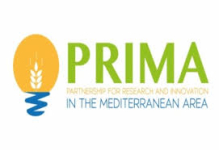ABOUT US
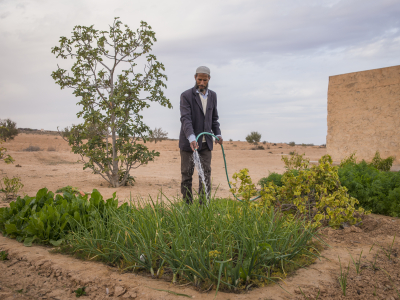

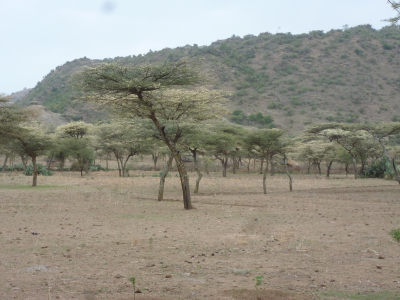

DREAM will provide Mediterranean growers with a new cultivation approach for fruit production, with the aim to improve small farms’ resilience to climate change (CC), promote biodiversity, economic stability as well as empowering women in agriculture. The DREAM agroecosystem will be characterized by the following basic principles which go beyond conventional agricultural systems: i) a multi-variety orchard, with different, scalar fruit varieties, blooming and ripening at different times during the season and exploiting a range of genetic resistances to biotic and abiotic stressors; ii) consociation with a cover crop mixture, able to prolong blooming, increase soil nutritional and water status, attract natural enemies and repel phytophagous insects; iii) adoption of Regulated Deficit Irrigation (RDI) protocols aimed at increasing the system water use efficiency (WUE) as well as improving fruit quality. The agroecosystem will be managed using the Integrated Pest and Pollinator Management paradigm. The new agroecosystem will be co-designed with the help of local living labs so to adapt it to local environmental economic and social conditions in three fruit producing areas: Italy and Morocco, where apple will be tested and Spain, where pear will be tested, thus reflecting the local fruit economy. In each site, the performance of the new agroecosystem will be tested in terms of: i) physiological efficiency; ii) yield and quality of the production; iii) above and belowground biodiversity level; iv) soil status; v) ecosystem carbon balance. Its sustainability will be assessed in terms of farm economic stability and ecosystem services provided. Specific marketing strategies for the diversified products derived will be proposed while farmers acceptance as well as consumer perception of the derived products will be assessed. Dissemination, communication and end-user training through specific technology transfer solutions will be carried out in collaboration with the living labs and the end-user associations from both Mediterranean shores.

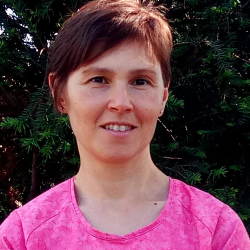



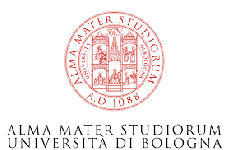


.jpg)



